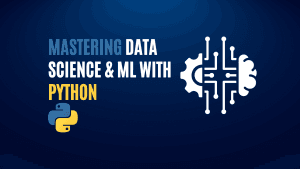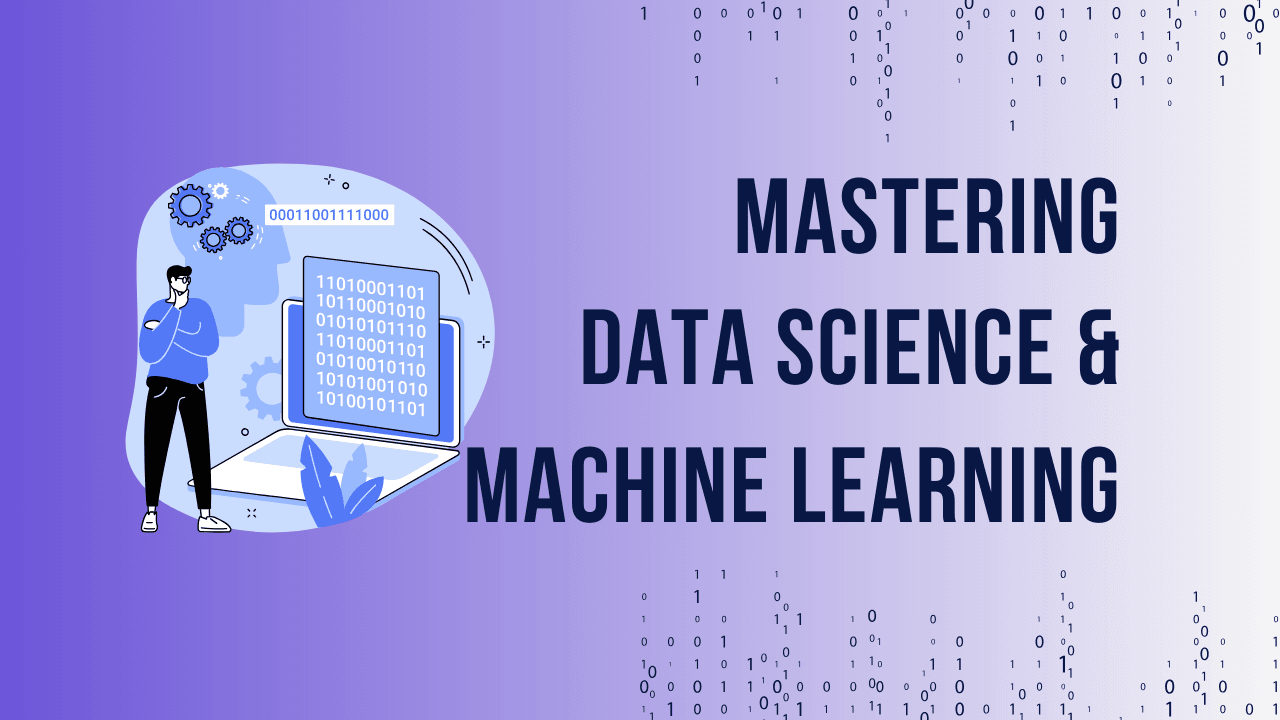India’s retail sector has undergone significant transformation in recent years, driven by rapid urbanization, technological advancements, and evolving consumer behaviors. With the rising availability of data, retailers now have access to a wealth of information that can guide their decision-making processes and help forecast future trends. In this article, we will explore how data-driven insights can shape the future of consumer spending in India, highlighting key trends, challenges, and opportunities.
Table of Contents
Toggle1.Introduction to India’s Retail Sector
India’s retail sector is one of the fastest-growing markets globally, contributing significantly to the country’s economy. It serves as a backbone for economic development, employing millions and providing goods to a vast and diverse population. Retail in India spans traditional brick-and-mortar stores, local markets, and modern e-commerce platforms, making it a complex and multifaceted industry.
The sector’s growth is largely driven by the increasing purchasing power of the middle class, changing consumer preferences, and the integration of technology into the shopping experience. In the next few sections, we will delve into the factors that influence consumer spending and how retailers can leverage data-driven insights to predict future trends.
Ready to take you Data Science and Machine Learning skills to the next level? Check out our comprehensive Mastering Data Science and ML with Python course.
2. Understanding Consumer Spending Trends
Consumer spending is influenced by several factors, including economic conditions, disposable income, inflation, and consumer confidence. In India, spending patterns are also shaped by cultural values, family structures, and the rise of digital platforms that make it easier to compare products and services.
What Drives Consumer Spending in India?
India’s young population, growing middle class, and urbanization are some of the key drivers behind increased consumer spending. As more people move to urban centers, they are exposed to global trends, leading to a higher demand for premium products, entertainment, and technology.
Key Economic Indicators Impacting Spending
Economic indicators such as GDP growth, inflation rates, and employment levels also play a significant role in shaping consumer spending habits. When the economy is strong and inflation is low, consumers tend to spend more on discretionary items like electronics, fashion, and dining out.
3.The Importance of Data-Driven Insights in Retail
In today’s competitive retail landscape, data has become an invaluable resource. Retailers can no longer rely on intuition or outdated models to predict consumer behavior. Instead, they must use data-driven insights to make informed decisions about inventory, marketing strategies, and customer engagement.
Why Data is Essential in Retail Decision Making
Data allows retailers to track customer preferences, identify emerging trends, and personalize the shopping experience. By analyzing purchasing habits, retailers can tailor their product offerings to meet consumer demands and increase profitability.
Role of Big Data and Analytics in Retail
Big data analytics helps retailers forecast demand, optimize pricing strategies, and improve supply chain efficiency. Through predictive analytics, retailers can anticipate market shifts and adjust their operations accordingly, leading to better decision-making
4.Historical Overview of Consumer Spending in India
India’s retail sector has seen dynamic shifts over the past decade, with major milestones shaping consumer behavior. From the liberalization of the economy in the 1990s to the boom of e-commerce platforms in the 2010s, the retail landscape has continuously evolved.
A Look at Spending Patterns Over the Last Decade
Consumer spending in India has been on a steady rise, especially in urban areas. High growth rates in sectors like fashion, electronics, and luxury goods have driven the retail market forward, with millennials being a significant demographic in this shift.
Key Milestones in India’s Retail Sector Development
Key milestones include the rise of global retail brands entering India, the implementation of GST (Goods and Services Tax), and the surge in mobile internet usage, all of which have contributed to changing consumer dynamics.
Ready to take you Data Science and Machine Learning skills to the next level? Check out our comprehensive Mastering Data Science and ML with Python course.
5.Impact of E-Commerce on Retail and Consumer Behavior
The digital revolution has fundamentally altered how Indian consumers shop. E-commerce platforms like Flipkart, Amazon, and Myntra have become household names, offering convenience, variety, and competitive pricing.
Growth of E-Commerce in India
The e-commerce market in India has grown exponentially, driven by increased internet penetration and mobile phone usage. The ability to shop online from anywhere at any time has made e-commerce a preferred choice for many consumers.
How Online Shopping Has Transformed Consumer Spending
Online platforms provide consumers with the ability to compare products, read reviews, and make informed purchasing decisions. This has led to a more discerning and value-conscious consumer base, changing the dynamics of traditional retail.
6.Data Sources for Analyzing Consumer Spending
To accurately forecast consumer spending trends, retailers must rely on a variety of data sources. These include government reports, market surveys, and private sector data from industry research firms.
Primary and Secondary Data Sources
Primary data sources include surveys and feedback directly from consumers, while secondary data includes industry reports, government publications, and academic studies. Together, these sources offer a comprehensive view of consumer behavior.
FAQs
What is driving consumer spending in India?
- Income growth, urbanization, and a young population are key factors.
How has e-commerce impacted retail in India?
- E-commerce has transformed shopping habits, offering convenience and variety.
Why are data-driven insights important in retail?
- Data helps retailers make informed decisions on inventory, pricing, and marketing.
What role does AI play in forecasting consumer spending?
- AI enhances predictive analytics, helping retailers anticipate trends.
What challenges do retailers face in forecasting trends?
- Data gaps and market unpredictability can pose significant challenges.
What are the key future trends in India’s retail sector?
- Growth in sustainable consumerism and tech-driven retail solutions are on the horizon.
Our Students Testimonials:
Ready to take you Data Science and Machine Learning skills to the next level? Check out our comprehensive Mastering Data Science and ML with Python course.



